I often get questions about raw diets both in my general practice and from my ADW readers. I received another email today about raw diet for a diabetic pet and figured it’s time I write a newsletter on the subject.
Raw diets is just that: uncooked. There are numerous brands of commercial raw diets.
In general I’m not a fan of raw diets. In my own veterinary practice, I’ve seen pet owners feeding their pets raw and more often than not, they present with increased frequency of diarrhea. Two years ago I employed a veterinarian at my hospital who fed her own pets raw diet. I didn’t wish to tell her how to practice at my hospital where I’m the boss, but I look back and wish I had. Instead, I requested that if the topic came up to inform our clients that I was opposed to raw and to, at the very least, avoid raw poultry due to the higher risk of bacterial contamination with salmonella. Suddenly, it seemed I had a dozen or so of my own patients eating raw diet. Some pets will do fine (meaning they don’t have diarrhea) and yet, I think it was more than a coincidence that several of these pets had increased incidence of diarrhea on raw. It was just as most veterinary nutritionists claim and why I avoid suggesting raw diets.
I do agree that many of the good nutrients and antioxidants in food are diminished by the high temperatures that are used to cook commercial diets. I’m all for folks who wish to make homemade diets for their pets. That’s true love and dedication as a pet owner. I just want the meat to be cooked. And if a person opts to make home cooked meals, the pet should be on a mineral and vitamin supplement. There is a difference between commercial raw and homemade diets. For me, the important distinction is cooking the meat. I’m fine with the rest of the ingredients being uncooked.
I’m very careful about my own nutrition, and yet I’m certain that there are weeks where I don’t balance my dietary requirements. We humans eat a great variety of foods. We may not get everything we need in one day, but it balances out over time if we are conscientious and make good choices. The same idea works for pets. But humans may fizzle in their efforts in home cooked diets. Besides, frequent dietary changes can result in loose stool in pets. I think there should be a general consistency in homemade pet meals to avoid potential diarrhea, and giving a vitamin and mineral supplement is wise.
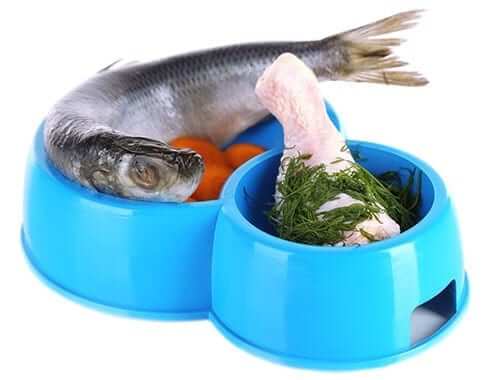 If you choose raw, please at least avoid raw poultry. Honestly, bacterial contamination is possible with any uncooked meat source. I understand animals are not out in nature with a frying pan, but prey in nature likely have significantly less salmonella than in commercially raised poultry. Also, in nature when a wolf or bobcat gets sick, it might just die. It doesn’t have a beloved human to take it to the veterinarian! We wouldn’t eat raw poultry. We make a point of washing our hands and countertops and utensils with hot soapy water if there is contact with raw poultry. Why would we feed raw poultry to our pets? Yes, the treatment of raw diets for bacterial contamination is better than it used to be, but it isn’t as good as cooking it.
If you choose raw, please at least avoid raw poultry. Honestly, bacterial contamination is possible with any uncooked meat source. I understand animals are not out in nature with a frying pan, but prey in nature likely have significantly less salmonella than in commercially raised poultry. Also, in nature when a wolf or bobcat gets sick, it might just die. It doesn’t have a beloved human to take it to the veterinarian! We wouldn’t eat raw poultry. We make a point of washing our hands and countertops and utensils with hot soapy water if there is contact with raw poultry. Why would we feed raw poultry to our pets? Yes, the treatment of raw diets for bacterial contamination is better than it used to be, but it isn’t as good as cooking it.
I have a few clients who continue to feed raw. One is a good friend and she swears that her pet’s skin is dramatically improved since she changed to raw before she was my client. We agree to disagree, and I adore her regardless. Veterinary nutritionists advise strongly against raw diets for the very young, the very old, and immune compromised pets. Diabetics are absolutely immune compromised. I think raw is a big risk for a diabetic pet.
Food poisoning is a real possibility with raw diets. This most commonly presents as diarrhea, but it could manifest with vomiting along with diarrhea, fever, or lethargy. Even if a healthy pet doesn’t come down with GI signs, they may yet shed salmonella in their feces. This can then affect the humans in the home. Again, it is the very young, the very old and the immune compromised we worry about.
I appreciate that clients who wish to feed raw are usually striving to be top notch pet owners. Raw diets are not cheap! If folks wish to go a step beyond commercial diets, a homemade diet is admirable. It’s a lot of work, but you know the quality of the ingredients because you are choosing them yourself. And if I haven’t made myself perfectly and blatantly clear, I’d like the meat to be cooked. A vitamin and mineral supplement should be added. One website for help is balanceIT.com. It was created and is run by board certified vet nutritionists. They involve your veterinarian if there is any medical condition, and they provide recipes and supplements based on the recipes chosen. The pet owner is involved in choosing the protein and carb and oil sources. It’s a nifty website! As always, if you wish to pursue such a diet, have a chat with your veterinarian first.
Have a question or comment? Post below or email me at [email protected]. I always enjoy hearing from my readers!
NOTE: Consult your veterinarian first to make sure my recommendations fit your pets special health needs.
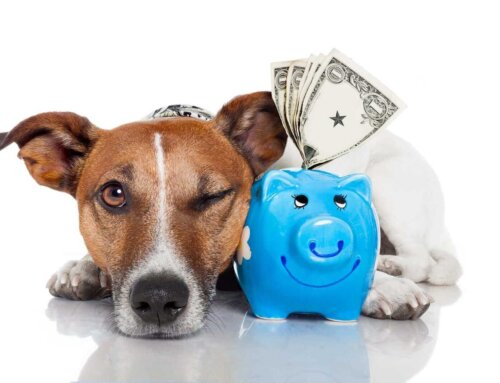
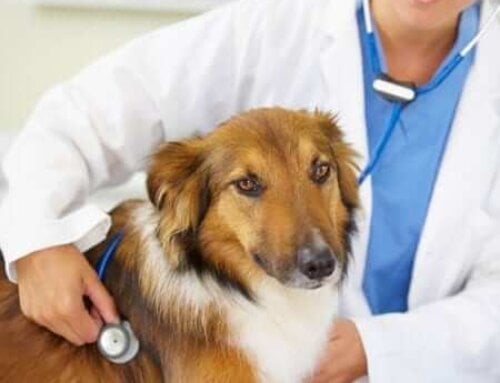


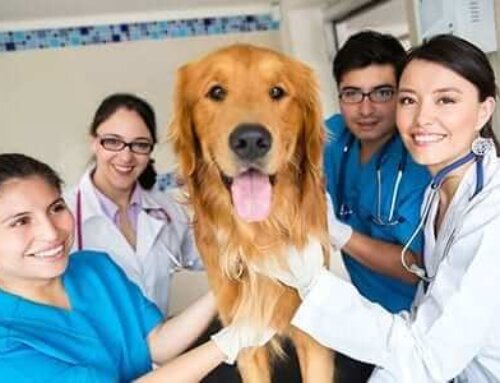
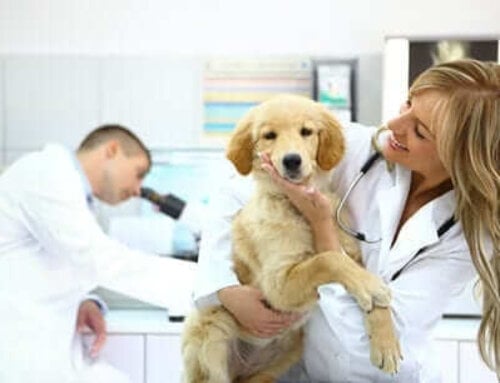



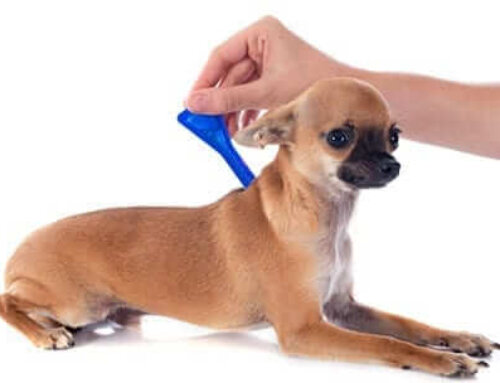
Boy did I elicit some strong reactions over this newsletter! Why am I not allowed to share my own experience and opinion as a veterinarian regarding raw diets? I wasn’t trying to line anyone’s pockets but simply advise that there is a risk to feeding uncooked meat. There is indeed a risk of bacterial contamination when feeding raw meat. At the end of the newsletter I even offered a website that helps owners make a quality home cooked diet should they not wish to feed a commercial diet. I view diabetic pets to be immune compromised compared to the average pet population, and I would avoid feeding raw meat to diabetic pets. My bias is to cook the meat.
You might want to actually take the time to learn about raw feeding, rather than simply dismissing it. Then you could advise your raw feeding clients. Many pets’ lives have been saved with raw diets.
Poultry is not a problem for cats and dogs. Their bodies are designed to handle a bacteria load. They’d all be dead on kibble if bacteria was a problem for cats and dogs.
Ask your staff vet to teach you about raw feeding. Once you know the actual facts, and the incredible benefits,you won’t be so afraid of it.
I have four senior, special needs cats. ranging in age from 14 to 20. They had IBD as well as constant urinary tract problems, obesity, and other health problems before switching them to a raw diet more than 10 years ago. They are now in incredible health. No one in any of the raw feeder groups I belong to have ever had cats contract e. coli and in fact many people find themselves pursuing raw after their vets tries to sell them crappy, overpriced prescription diets that do nothing to help the cats health issues but line both the vet’s and the manufacturer’s pockets. This vet’s bias is clear and some of her facts are inaccurate in this article. There are plenty of vets, including my own, who are advocates for doing a nutritionally appropriate, well-thought out raw diet. I am rather disappointed in ADW for promoting this view. Rather than sharing legitimate info on how to do a raw diet, she craps on the whole thing with negativity and constantly fixates on poultry. There are many other meat types out there available from providers who deal exclusively in providing raw diet components for animals. Check out this websites if you are interested or curious about ipursuing a raw diet: http://feline-nutrition.org